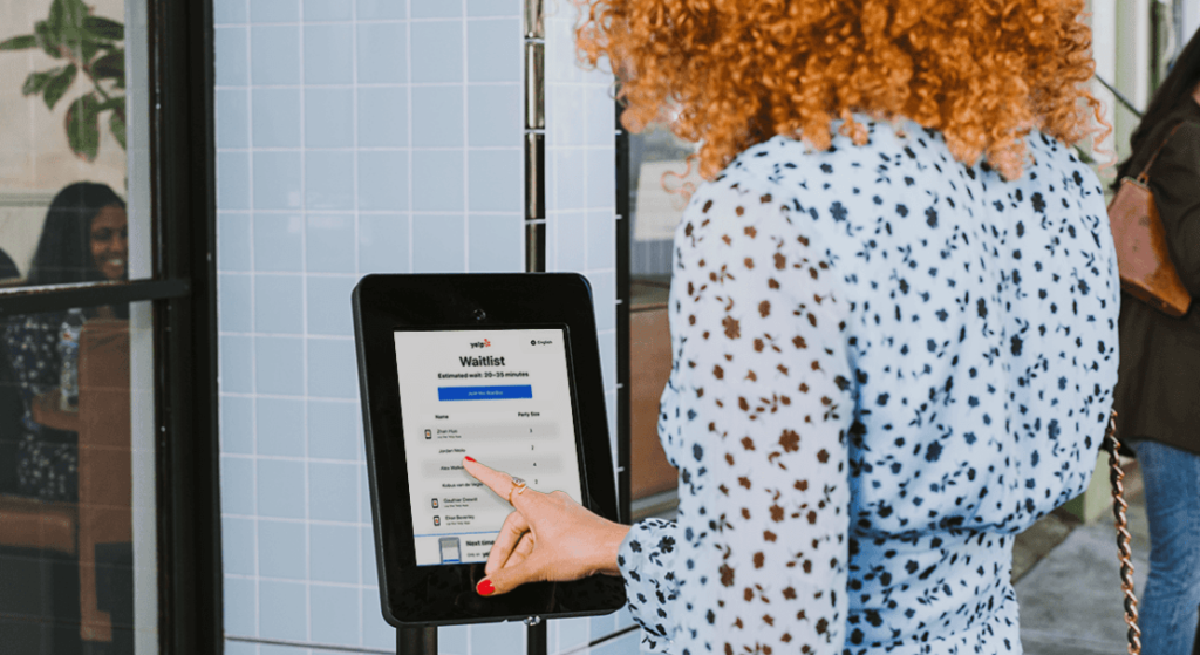MRM EXCLUSIVE: Can Technology Help Solve the Restaurant Labor Shortage?
3 Min Read By Devon Wright
The closure and restriction of dine-in operations has had a devastating impact on the industry. Despite facing the pressure to stay open and operational over the last year, restaurants have gone above and beyond the “new normal” to rethink their operations, including seating arrangements and menu offerings, and in many cases reducing their staff to just the barebones.
Restaurants that once employed full front of house operations, quickly turned into crews of kitchen and expeditor staff only, employing sometimes 25-50 percent of their original staff. Roles shifted too. As dining turned to off premise, remaining staff were focused on packaging and expediting to-go and delivery orders. Managers, servers, kitchen staff all filled in on roles to handle the increasing volume of online orders as the country embraced digital dining.
As COVID-19 restrictions begin to loosen throughout the United States, many Americans are now eagerly returning to dining rooms. Undoubtedly, this is good news for restaurant owners — but the mix of reduced capacity and a surge of diners has created a new problem for managers looking to reopen: a busy dining room and not enough people to take care of them. For many business owners, the current restaurant industry labor shortage is another hurdle in their ongoing fight for survival.
While contributing factors such as career change, and the need to take care of children or loved ones all play a role in the recent worker shortage, filling open positions in the hospitality industry is not strictly a post-pandemic problem.
If restaurant owners can automate specific steps in the diner experience, the savings on labor costs can be re-distributed as higher wages to their employees.
"It's a feeding frenzy on hiring right now. I haven't seen it this competitive ever," said Los Angeles restaurateur Philip Camino. The sentiment was echoed by his Happy Mouth co-host and celebrity chef, Nyesha Arrington. "Where are all the people? How do we entice them back into the workforce?" a question that, she says, has become increasingly popular amongst her industry peers.
For decades, low wages, long hours, and the lack of healthcare for entry-level positions have discouraged many job seekers from exploring a career in the restaurant business. The blame for this, however, cannot be placed solely on the business owner. Any industry that operates on a six-to-nine percent profit margin will always need to maintain a low cost of labor to survive.
But this is slowly starting to change.
Data from Yelp's 2020 Annual Economic Average Report shows that the number of restaurant and food business openings approached and even surpassed 2019 levels in Q4. With these new openings comes a new breed of restaurateurs. More and more operators, like Justin Rosenberg and his Honeygrow concept, are turning to labor-saving technology to help keep them in the black.
Does this mean restaurant operators are going to start replacing new employees with technology? No, at least not entirely, but it does provide a possible solution to the labor shortage we are seeing now.
If restaurant owners can automate specific steps in the diner experience, the savings on labor costs can be re-distributed as higher wages to their employees. This pay increase would likely result in better employee retention and more talent competing for restaurant jobs.
At Yelp, we’ve seen restaurants, like San Francisco’s Zazie, embrace our Kiosk product to help solve the current labor shortage. Yelp Kiosk was built in 2018 to help restaurants that didn’t have it in their budget to hire a dedicated host. In 2021, restaurants around the country are using Yelp Kiosk to automate check-in, waitlist management, and contacting diners when their table is ready. The restaurants that are lucky enough to have front-of-house staff are using Kiosk to keep them focused on helping guests. Those that aren’t, use Kiosk as a de-facto host until hiring someone makes sense.
Restaurants that have been empty or at limited capacity for over a year are experiencing wait times that exceed pre-pandemic levels. Labor will always be a restaurant’s most important asset. What that labor looks like in the months and years ahead is likely to be very different than before 2020.


